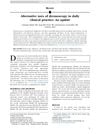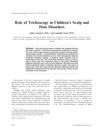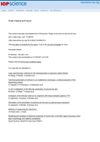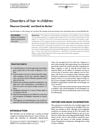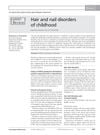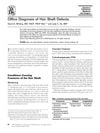Hair Diseases in Childhood
May 2002
in “
Therapeutische Umschau
”
Trichotillomania Loose Anagen Hair Tinea Capitis Pediculosis Capitis Alopecia areata trichogram antifungals Terbinafin Itraconazol Griseofulvin Lindane wet combing nits Pediculicide hair pulling disorder fungal infection head lice hair loss antifungal treatment Lamisil Sporanox Gris-PEG Kwell lice combing lice eggs lice treatment
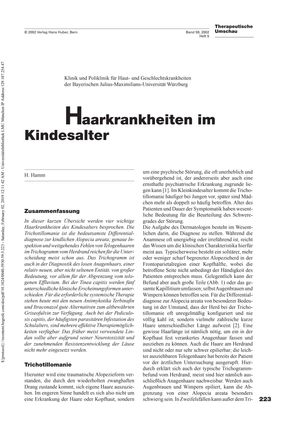
TLDR Children's hair diseases include compulsive hair-pulling, easily plucked hair, scalp fungal infections, and head lice, each requiring specific diagnosis and treatment.
In 2002, the document discussed four primary hair diseases in children: Trichotillomania, Loose Anagen Hair, Tinea Capitis, and Pediculosis Capitis. Trichotillomania, a psychological disorder where children compulsively pull out their hair, can be differentiated from Alopecia areata through inspection and a trichogram. Loose Anagen Hair is characterized by hair that is easily plucked and lacks inner root sheaths, indicating weak follicle anchorage. Tinea Capitis, a fungal infection, requires systemic treatment with antifungals such as Terbinafin and Itraconazol, which are preferred over the traditional Griseofulvin. Pediculosis Capitis, a common parasitic infestation, has several treatments, but Lindane is discouraged due to neurotoxicity and resistance. Accurate diagnosis and appropriate treatment are crucial for these conditions, and wet combing is noted as a sensitive diagnostic method for head lice, with the location of nits on the hair being prognostic. Pediculicide treatment should only be used when diagnosis is confirmed by a knowledgeable physician to prevent unnecessary treatment and psychological harm.
